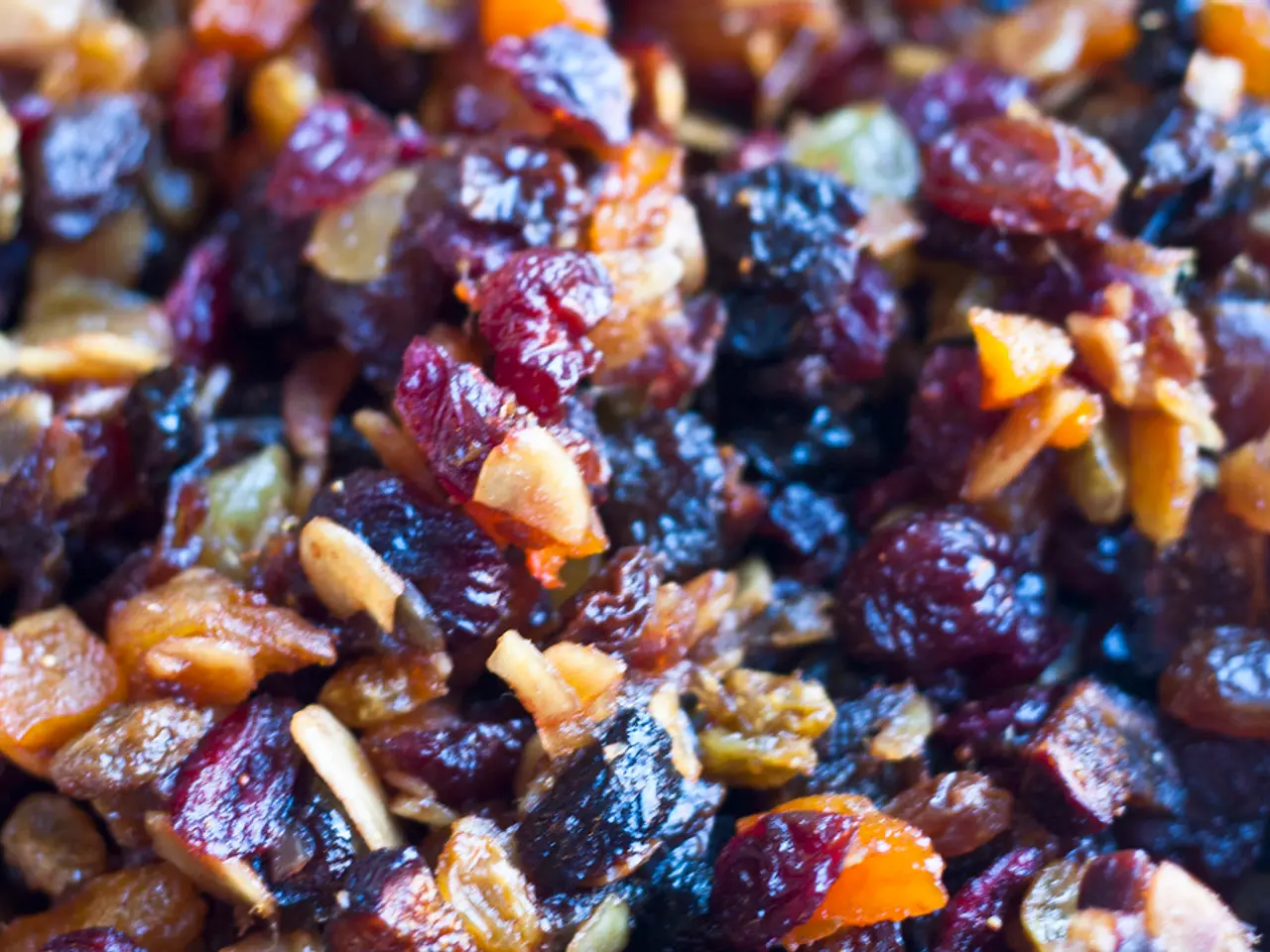Scientists uncover elevated amounts of PAK in everyday food items
Seoul National University of Science and Technology Research Team Develops Efficient Method for Detecting Carcinogenic PAHs in Food
In a groundbreaking study published online on June 5, 2025, and in the August 2025 issue of Food Science and Biotechnology, a research team led by Professor Joon-Goo Lee from the Institute of Life Sciences and Biotechnology at Seoul National University of Science and Technology has developed a new analytical method for detecting and analyzing eight polycyclic aromatic hydrocarbons (PAHs) in various food matrices.
PAHs, known carcinogens, are found in fruits and vegetables due to contamination and certain cooking methods. These substances pose a risk to human health, making the development of an efficient and accurate method for their detection crucial.
The research team employed the QuEChERS method, a proposed technique for extracting organic compounds, including PAHs, in food. This method is known for its reliability, efficiency, and ability to shorten extraction time, improve accuracy and recovery rates, and simplify sample preparation.
The team used acetonitrile to extract PAHs and applied different purification methods and combinations of sorbents. The gas chromatography-mass spectrometry analysis showed detection limits ranging from 0.006 to 0.035 μg/kg and quantification limits ranging from 0.019 to 0.133 μg/kg for the eight specific PAHs.
The calibration curves for the eight PAHs showed remarkable linearity in this study, with R² values exceeding 0.99. Recovery rates for the eight PAHs using the developed PAK analysis method ranged from 86.3 to 109.6% at 5 μg/kg, 87.7 to 100.1% at 10 μg/kg, and 89.6 to 102.9% at 20 μg/kg.
Professor Lee concludes that the study's research can enhance public health by providing safe food and reducing the use and emission of hazardous chemicals in laboratory tests. The use of this method in the food industry is expected to lead to cost savings and improved safety for workers.
Moreover, the developed PAK analysis method based on the QuEChERS approach is environmentally friendly, fast, and accurate. It can be applied to a wide range of food matrices, and the research team anticipates that it could be used for food inspections as part of safety management in the food industry.
Finally, Professor Lee states that the developed method simplifies the analytical process and demonstrates high efficiency in detection compared to conventional methods. This breakthrough in food safety analysis is a significant step towards ensuring the safety and quality of our food supply.
Read also:
- Local nursing conferences receive approximately 1.17 million euros in funding
- Countries initiate efforts to prohibit smoking within vehicles
- Backed by Scientific Evidence, 11 Strong Arguments for Almond Appreciation
- Administration's effort to dismiss thousands of Health and Human Services employees denied by the court






